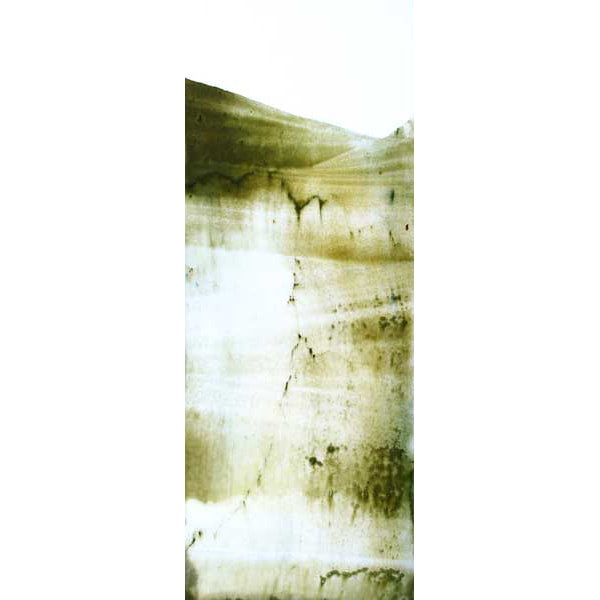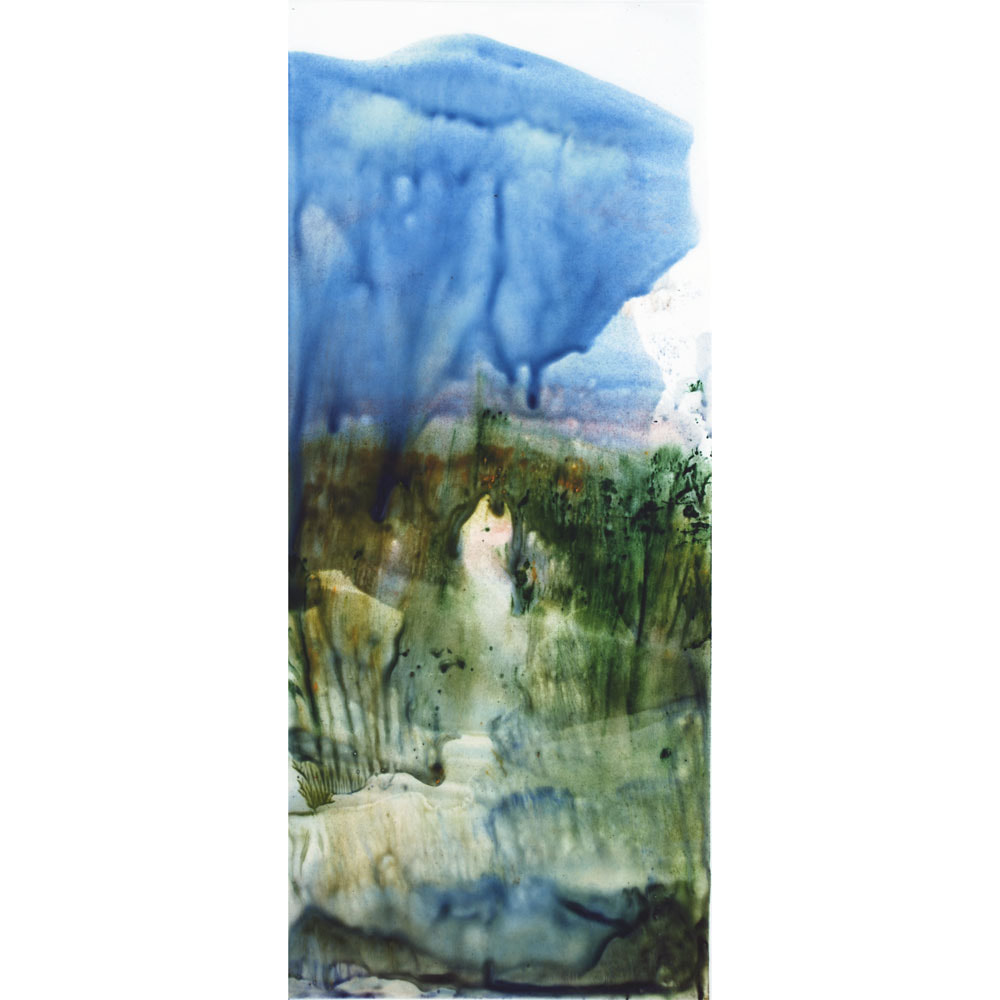ENCAUSTIC MONOTYPES
People often assume that I first kept bees, then decided to make encaustic art since I had a supply of beeswax—but I started beekeeping in the opposite direction from what was expected. I wanted to create my art medium from scratch, from the earth itself.
Here is how it happened: I researched natural art mediums > found that encaustic is made of beeswax > beeswax is made by bees > decided I need to learn beekeeping.
With the help of a generous beekeeping neighbor and my local beekeeper's association, I learned how to care for bee colonies. I planted flowers to give the bees the nectar and pollen they needed to make wax. I gave a home to a wild swarm, moving the prolific colony into a backyard hive. I saw their queen carefully lay eggs, marching around the hive with her attendants, and I watched as those little eggs grew into adult bees, collecting the materials to make honey and wax. The hive consistently provides me with beeswax for my encaustics (and honey for my biscuits).
Soon after my precious bees came to my home, a bounty of vintage oil paints sat in a lonely, oil-stained shoebox at a neighborhood garage sale. The lady running the sale, certain that no bargain-hunting customer would want crusty paints in a ratty box, nearly tossed this treasure. By a sunshine of good fortune she did not, and instead sold me the collection.
The oil paints bring vibrant pigments into the natural golden tones of the beeswax. As the seasons change and the blooming flowers fade from dandelions to penstemons, the color of wax and flavor of honey also changes. I use these majestic variations of hues in the wax to highlight the cycle of nature in my work.
Beekeeping began as a method of sourcing material from nature, but it has become one of my family’s favorite hobbies. It is a keystone of our own little backyard ecosystem as we grow flowers and food, working with the bees to feed our bodies (with the garden bounty) and our spirits (with the creation of art). My two daughters love to curiously don the bee suit and check out the colony; they are my trusty assistants in the kitchen when it is time to cut honey comb and melt wax.
As this medium comes straight from flowers and bees, the art itself must reflect the majesty and peaceful complexity of nature. The minimal, abstract landscapes appear as monolithic cliffs, stratified rock faces, cuts of the deep ocean, and sandy cores of the earth. They are everything below the surface of the water and the crust of the earth.
I hope that my works bring a sense of the peace and grandeur that comes from witnessing an incredibly large and glorious demonstration of nature, and a feeling of smallness and significance when considering the thousands of bees and flowers that were involved in the creation of each piece.
Here is how it happened: I researched natural art mediums > found that encaustic is made of beeswax > beeswax is made by bees > decided I need to learn beekeeping.
With the help of a generous beekeeping neighbor and my local beekeeper's association, I learned how to care for bee colonies. I planted flowers to give the bees the nectar and pollen they needed to make wax. I gave a home to a wild swarm, moving the prolific colony into a backyard hive. I saw their queen carefully lay eggs, marching around the hive with her attendants, and I watched as those little eggs grew into adult bees, collecting the materials to make honey and wax. The hive consistently provides me with beeswax for my encaustics (and honey for my biscuits).
Soon after my precious bees came to my home, a bounty of vintage oil paints sat in a lonely, oil-stained shoebox at a neighborhood garage sale. The lady running the sale, certain that no bargain-hunting customer would want crusty paints in a ratty box, nearly tossed this treasure. By a sunshine of good fortune she did not, and instead sold me the collection.
The oil paints bring vibrant pigments into the natural golden tones of the beeswax. As the seasons change and the blooming flowers fade from dandelions to penstemons, the color of wax and flavor of honey also changes. I use these majestic variations of hues in the wax to highlight the cycle of nature in my work.
Beekeeping began as a method of sourcing material from nature, but it has become one of my family’s favorite hobbies. It is a keystone of our own little backyard ecosystem as we grow flowers and food, working with the bees to feed our bodies (with the garden bounty) and our spirits (with the creation of art). My two daughters love to curiously don the bee suit and check out the colony; they are my trusty assistants in the kitchen when it is time to cut honey comb and melt wax.
As this medium comes straight from flowers and bees, the art itself must reflect the majesty and peaceful complexity of nature. The minimal, abstract landscapes appear as monolithic cliffs, stratified rock faces, cuts of the deep ocean, and sandy cores of the earth. They are everything below the surface of the water and the crust of the earth.
I hope that my works bring a sense of the peace and grandeur that comes from witnessing an incredibly large and glorious demonstration of nature, and a feeling of smallness and significance when considering the thousands of bees and flowers that were involved in the creation of each piece.























